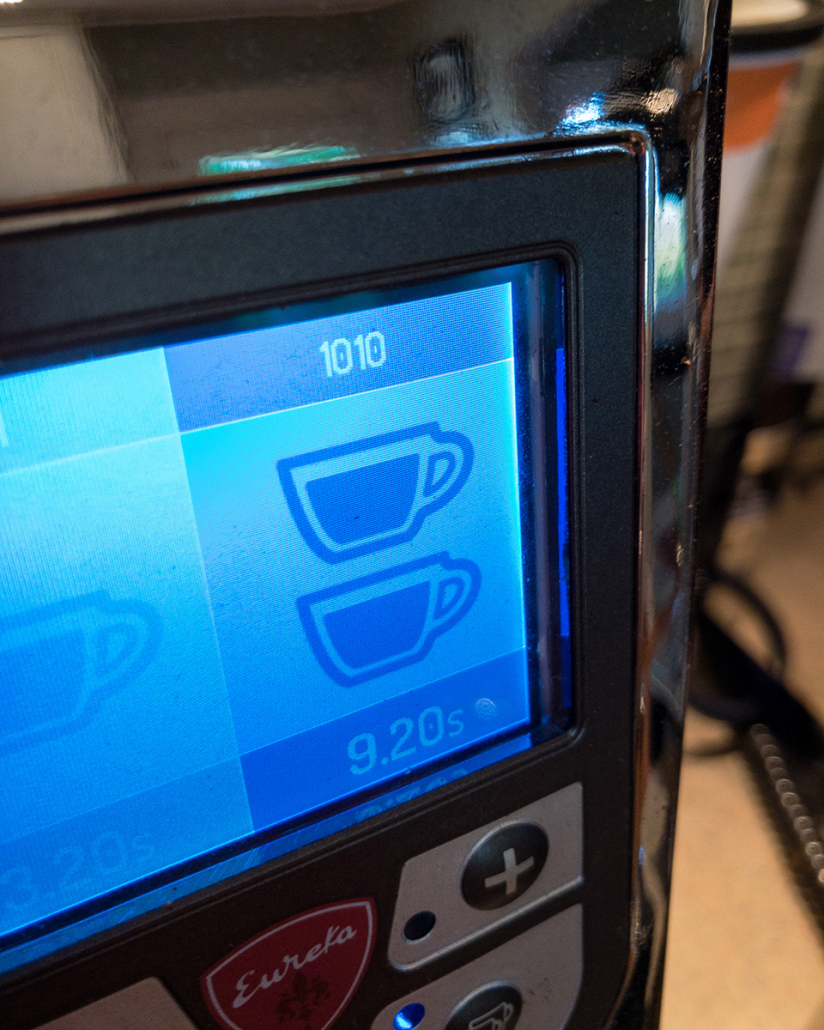
I’m a sucker for rationalizing an expensive purchase. I do it more than I care to admit, but I have to say that I think the math usually works out in my favour.
For instance, I just re-did a bunch of stuff in my backyard. New back fence, new roof on the garage, new flagstone patio. As far as I’m concerned, the money I saved by doing the work myself more than covers the rather expensive cedar I used in the fence and also covers the rather needless ridge vent that I installed in the garage. The garage is cooler in the summer, for sure, but it was by no means necessary. A building inspector wouldn’t have failed the work without it and the fence would have been fine if I had bought some pre-made panels.
The more I think about it, the more I can find these rationales in my life. Make dinner at home? Rationalize a decent bottle of wine. (but not a super expensive one because I just can’t quite get there)
However, for coffee I can spend into oblivion without even thinking about it. To wit, my current setup: A Rocket R58 and a Eureka Atom grinder. The coffee machine dealer had a deal on – 20% off or something like that and although it was more than I wanted to pay, I knew a couple of things:
Coffee is like $5 a cup at a coffee shop.
I like coffee and I drink a lot of it.
Oh, and my kids have started drinking coffee from time to time, as well.
The Eureka grinder keeps track of how many double shots of espresso it has ground. A few days ago we passed 1000 double shots.
At $5 per coffee, the machine has more than paid for itself. Of course, I’m leaving out inputs and the fact that if there is a coffee machine nearby I drink a lot more coffee.
Regardless, even if we cut it in half I’m well on my way to paying the system off in a few short months.
Then I’ll have to find another purchase to rationalize. I have been eyeing a new gas range…

